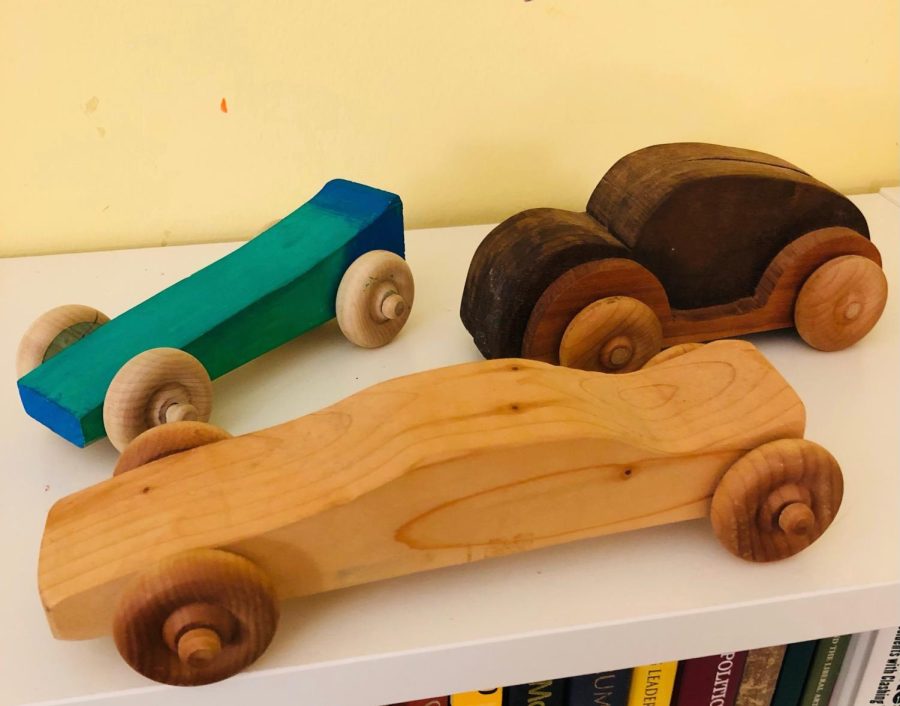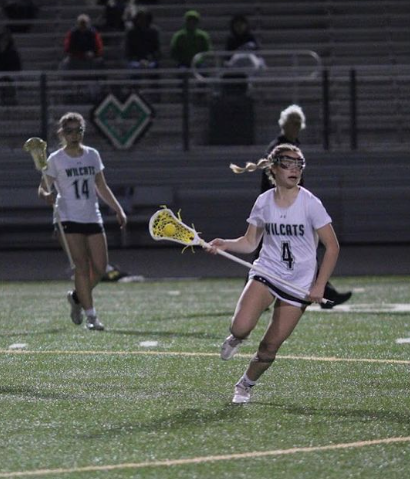There’s only one class that teaches you how to build things, fix things and solve problems on your own. That class is Foundations of Technology, and I encourage you to take it.
All students must graduate with one technology credit. The MCPS High School Course Bulletin describes the purpose of the technology credit as follows: “The interdisciplinary nature of these technical subjects and a problem-based learning approach fosters creativity and critical thinking along with the communication and collaboration skills needed to thrive in the 21st century.” Students can fulfill this credit by taking a computer science class, an engineering class or Foundations of Technology.
Many students tend to take Foundations of Technology. Like Math, Science, English and Social Studies, Foundations of Technology teaches problem-solving and creative thinking skills. Foundations of Technology is a fun, engaging class, taught by several excellent WJ teachers, that requires students to think outside the box.
Thomas Martin, one of the Foundations of Technology teachers, explained the goals of the class.
“The most important skill is learning a systematic approach to problem solving. We use the engineering design process to solve a variety of different engineering problems. Another important aspect of Foundations of Tech is to increase technological literacy — to talk about the different types of technology there are, so that students understand that every technology has an effect,” Martin said.
Foundations of Technology applies systematic thinking with hands-on skills, as George Lavelle, one of the Technology teachers, points out.
“The tactile hands-on process really allows students to try something completely out of the ordinary and hands-on projects … allows students to be really creative and to try to solve specific problems,” Lavelle said.
For example, one of the projects is constructing a spinning top. I haven’t done this yet in my class, but, from what I’ve heard, the spinning top is a very fun and memorable project. It’s exciting for students to all gather around the table, seeing whose spinning top will last longer.
But more than just being a fun class, Foundations of Technology prepares students for the real world.
A part of Foundations of Technology is learning about the design process. One of the steps is reflection–where students dissect their project and think about how to fix their mistakes and how to improve their prototype.
One of the first projects we did in Foundations of Technology was the egg crash test. The goal was to construct an egg carrier, using limited materials, that would protect the egg from cracking when it crashed into a concrete block after going down a ramp. The first time I did this test, my egg splattered. But I got the chance to improve my egg carrier, and I felt a sense of accomplishment after I successfully ran my egg down the ramp on my second try without any cracks.
Lavelle finds going through his students’ reflections to be one of the most rewarding aspects of teaching Foundations of Technology.
“I love going through any project and seeing from the beginning and going to the end how every student goes through the design process … and then see them being successful in the end … that’s the most rewarding scene – the ‘aha’ moments and seeing the excitement in students coming to the classroom,” Lavelle said.
The design process and reflection piece teach students an invaluable life skill: It is important not to shrink from challenges in life when something doesn’t work out the way we want to — but to instead figure out how we can adjust to better address the situation. This is one of the most important takeaways from Foundations of Technology.
“The most rewarding part is kids telling me that they enjoyed my class and that it was a positive experience for them,” Martin said.






















![Students begin a practice Kahoot for French class. Walter Johnson offers a total of six languages including American Sign Language, Chinese, Italian and more, giving students the opportunity to explore different languages and cultures. “I switched [from Spanish] to Latin freshman year and I love it,” junior Abigial Samuels said.](https://www.wjpitch.com/wp-content/uploads/2024/10/IMG_0976-1200x675.jpg)




















